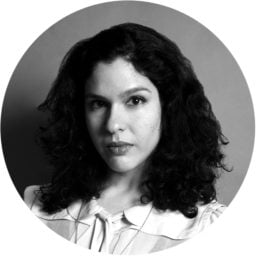When the 59th Venice Biennale opens this April, it will mark a historic first: the Nordic Pavilion, which jointly represents the Scandinavian countries of Finland, Norway, and Sweden, will be temporarily renamed the Sámi Pavilion. The move recognizes the Indigenous population of Sápmi, a region which stretches across these three nations and into the Kola Peninsula in Russia. It also signals a latent shift towards more inclusivity in a historically cordoned-off art world, in which art labeled as “Indigenous” was, for much of the last century, perceived as quaint at best, and not on par with the conceptual preoccupations of contemporary practices.
In the heart of the Giardini, three Sámi artists plan to exhibit works that deal directly with the struggles faced by their community. Yet the issues that Pauliina Feodoroff, Máret Ánne Sara, and Anders Sunna focus on will relate to wider global contexts as well, from the destructive impact of the climate crisis to colonial structures that persist in governmental, legal, and cultural institutions.
Though it is not the first time that Indigenous artists have participated in national pavilions, the Sámi pavilion is part of a larger transformation at the world’s most prestigious art event. In addition to national pavilions, this year’s main exhibition, curated by Cecilia Alemani, will also include works by Inuk artist Shuviani Ashoona, Yonamami artist Sheroanawe Hakihiiwe, as well as Britta Marakatt-Labba and recently deceased Aage Gaup, who are both Sámi.
During the opening week, Wanda Nanibush, curator of Indigenous art at the Art Gallery of Ontario, in Canada, who is part of the Anishinaabe First Nations, has been invited to co-organize an Indigenous gathering to mark the opening of the Sámi pavilion. “It is finally time for Indigenous artists to have their international moment,” she told Artnet News.
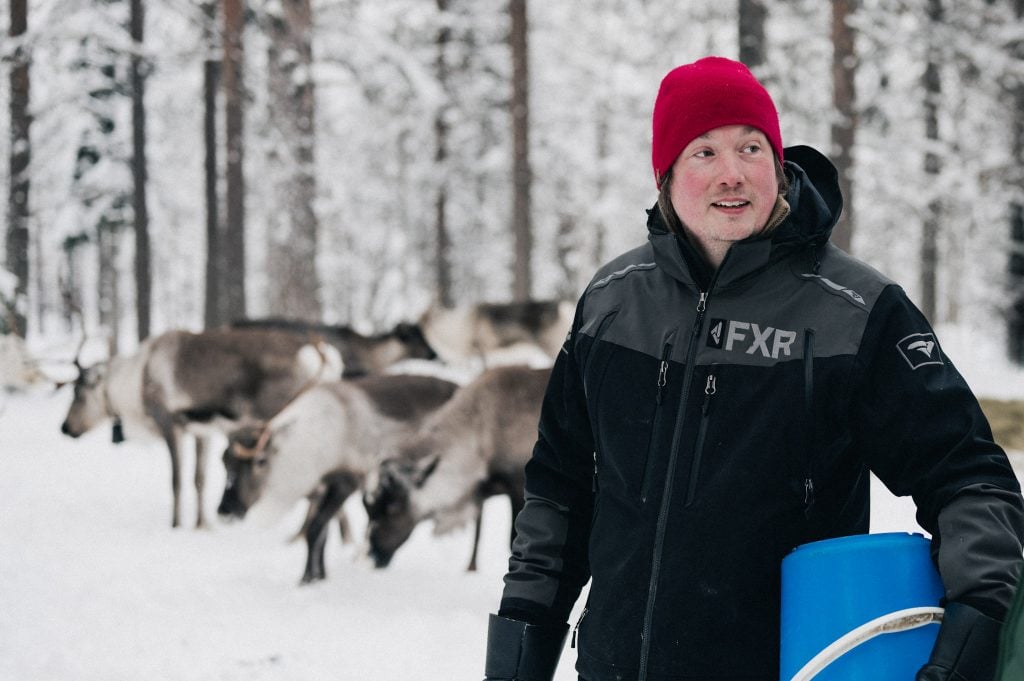
The Sámi Pavilion artist Anders Sunna on his homeland on the Swedish part of Sápmi. Photo Michael Miller/OCA.
Creating Indigenous-Led Spaces
A pavilion’s name has never been amended before in recognition of the fact that nation-state borders don’t correspond with the land on which Indigenous populations live. That said, Indigenous artists have been platformed more in recent years—Canada was represented by Nunavut’s Isuma Collective in 2019; New Zealand showed a pavilion by Maori artist Lisa Reihana in 2017, and this year, will be represented by Sāmoan-Japanese artist Yuki Kihara, to name but a few examples.
Nanibush noted that the current focus on discourses surrounding the Anthropocene and other-than-human kin have also led to an interest in Indigenous philosophies and ways of thinking. In a wider sense, concern about rapid global warming has also had an impact.
“We are more desired at certain moments in history than others, usually following large protest movements,” she said. “Movements around the world against mining and climate change—that’s when people start looking again to Indigenous folks, including artists, for avenues, alternatives, ways of going forward.”
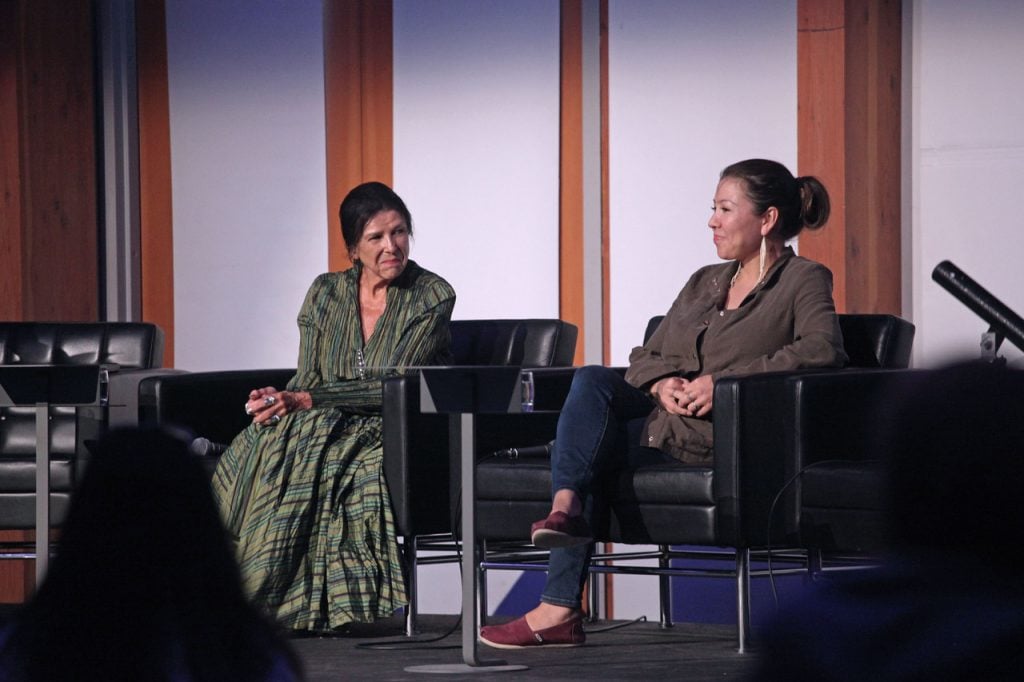
Alanis Obomsawin and Alethea Arnaquq Baril during the “Future of Indigenous Filmmaking Talk” at aabaakwad 2018. Courtesy aabaakwad.
Nanibush is the founder of aabaakwad, an annual gathering by and with Indigenous artists and cultural workers, which is open to all. Started in 2018, it will take place for the fourth time during the Venice Biennale this year from April 22 to 25 across several venues, including Ocean Space and the Don Orione cultural center, as a part of the Sámi Pavilion. Aabaakwad, which means “it clears after a storm“ in the Anishinaabemowin language, was created out of a recognition that there’s a need for a sovereign conversation about the representation of Indigenous perspectives.
Following the 2017 biennale, when Brazilian artist Ernesto Neto’s contribution to Christine Macel’s main exhibition included a work that “put Indigenous people on display,” as Nanibush described it, that need was made painfully obvious. The work, Um Sagrado Lugar (A Sacred Place) (2017), introduced the Pavilion of Shamans, a section of the exhibition in which Macel explored the relationship between art and spirituality. It replicated a Cupixawa, the gathering place of Amazonian Huni Kuin Indigenous people. During the biennale’s opening days, the space was occupied by a group of Huni Kuin dressed in traditional clothes, as part of Neto’s art. The effect was that of exoticism rather than cross-pollination.
What’s more, the wide range of expertise expected from Indigenous curators points to a gap in institutional scholarship. “Many of us are being invited to major museums around the world to assist them with their learning about colonialism, but also to say who the artists are, who they should be buying and showing,” said Nanibush.
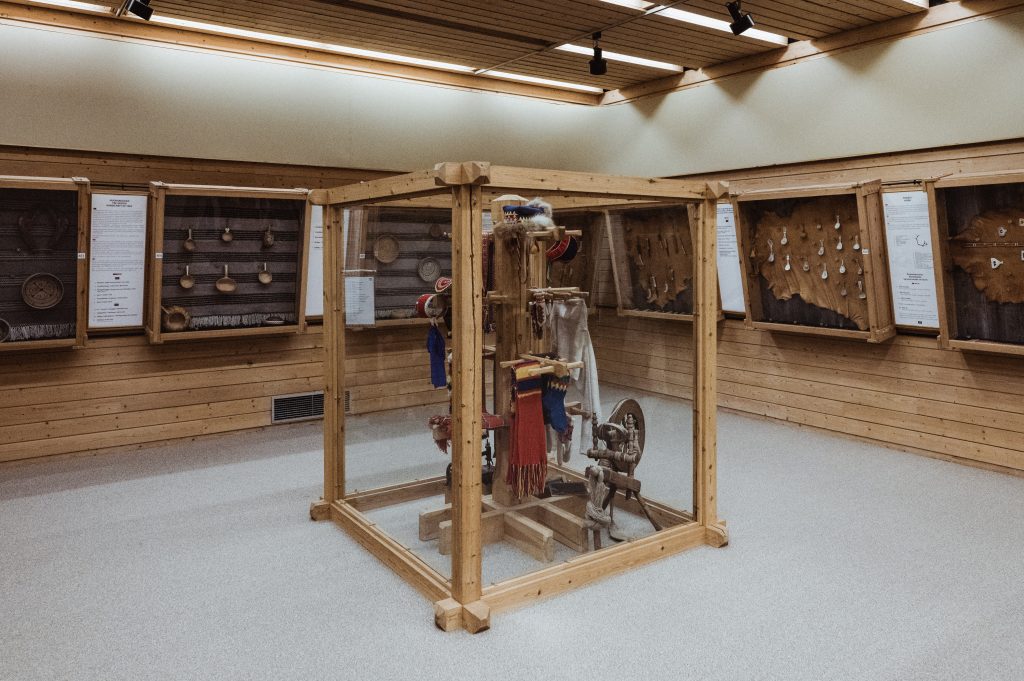
The Sámi Museum in Karasjok. Photo: Michael Miller / OCA
The need for such voices in museums is especially clear when it comes to discussions around restitution and the ways in which ethnological museums classify items in their collections—this will be one of the topics discussed at the gathering this month. On April 12, a sacred ceremonial drum will be returned to the Sámi people from the National Museum of Denmark, where it has languished in storage for centuries (it was confiscated in 1691.) Catalogued as a musical instrument by the Danish museum, the drum’s spiritual usage has been misrepresented; the Sámi consider it a living being. Its future custodian, the Sámi Museum in Karasjok, northern Norway, will have it on permanent display, giving the Sámi community access to an important symbol of cultural identity.
The Role of Art in Seeing Affinities
As a relatively new endeavor, the form in which learnings from aabaakwad will be made accessible is still developing. Interestingly, the very definition of who is invited to speak from an Indigenous perspective is open, and not limited to categories outlined in the United Nations Declaration on the Rights of Indigenous Peoples.
“I think people would reduce it to this connection to the earth, which could be stereotypical,” said Nanibush. “For example, no African country fits under the U.N. Declaration, but we consider there are a lot of commonalities culturally, ceremonially, and historically with many African nations and Black communities within the North American context. You can’t think colonialism without thinking about slavery.” Artist Stan Douglas, who is representing Canada at Venice this year, is one of the speakers on the gathering’s first day, together with Sonia Boyce and Zineb Sedira, who are representing, respectively, England and France this year.
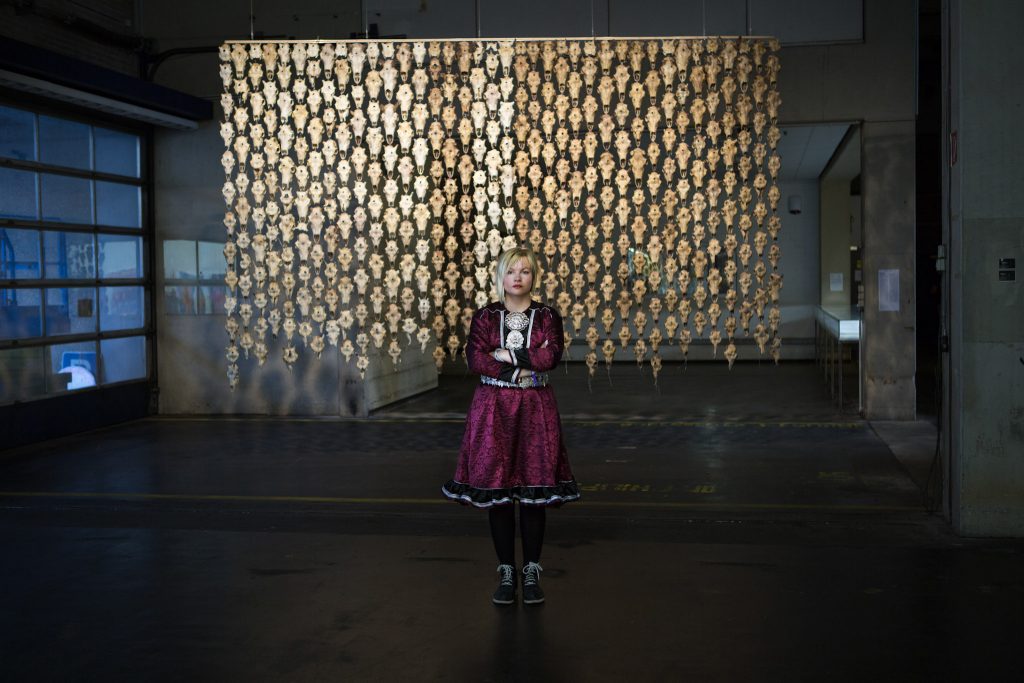
Sámi Pavilion artist Máret Ánne Sara with Pile o’Sápmi / Pile o’Sápmi Supreme / Loaded – Keep hitting our jaws at Documenta 14. © Matti Aikio
Ánde Somby, a Sámi elder, will perform a yoik during the opening night of the event, which is a traditional musical expression of one’s being as sound. The artist’s yoik has already been at Venice before; Joan Jonas included a recording of his when she exhibited at the American Pavilion in 2015.
Somby offered another perspective on the role art can play in his community: “Indigenous rights can be summed up as the right to one’s past, present, and future,” he told Artnet News. For the Sámi, he said, these rights are often violated, and for the three artists in the Sámi Pavilion, art has become the last resort after political and legal action has failed. Máret Ánne Sara, who showed work related to her family’s legal battles with Norwegian authorities at documenta 14, has spoken of art as the only space in which she could continue her work around the challenges posed to Sámi reindeer herding by the Norwegian government.
“I don’t think we set out to look for the political artists,” said Katya García-Antón, director and chief curator at the Office for Contemporary Art, Norway, who is the commissioner and co-curator of the Sámi Pavilion. “We set out to look for a generation that was really speaking the voices of today… It just so happens that those concerns are very existential.” With all of us able to identify with fears at the current state of the world, such voices will surely have an impact beyond the art world as well.






